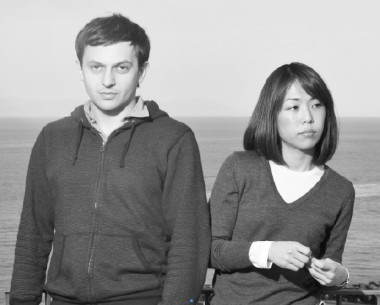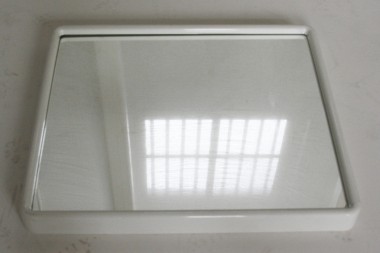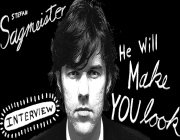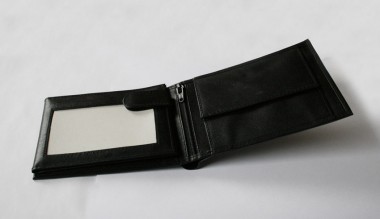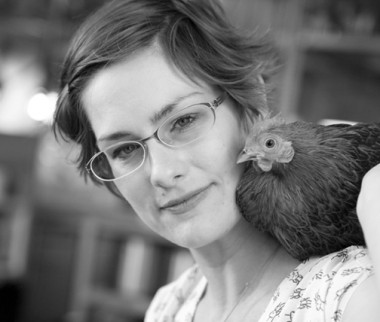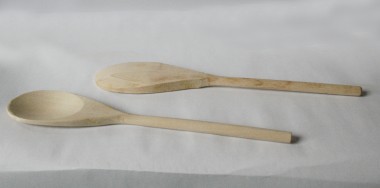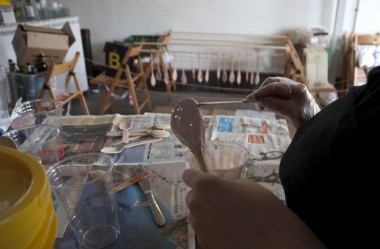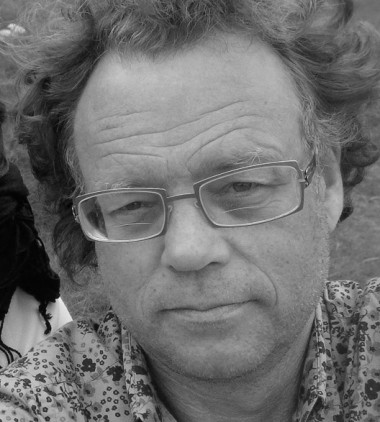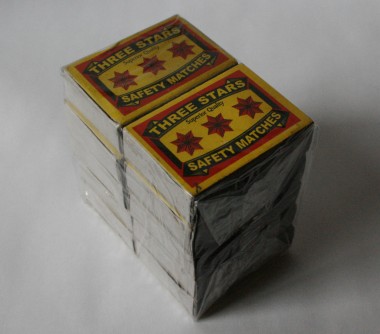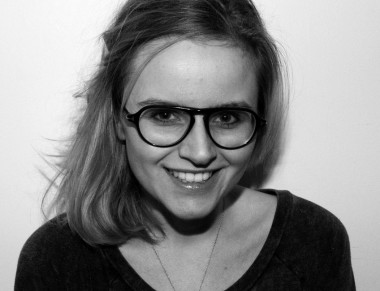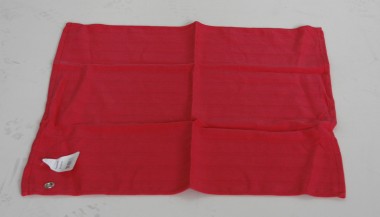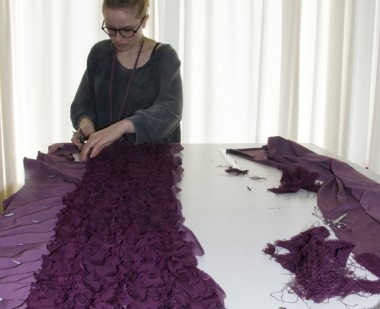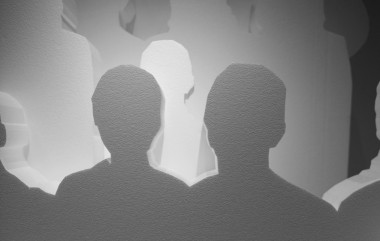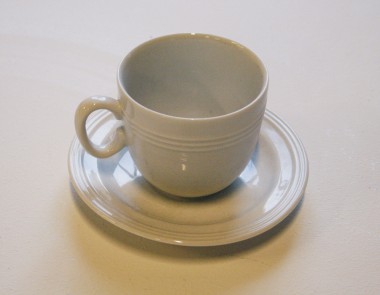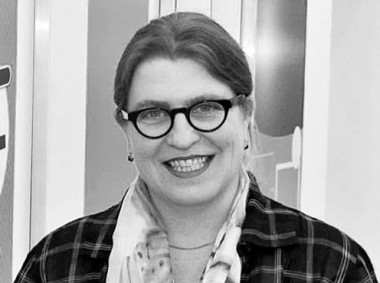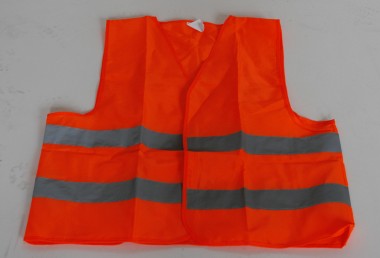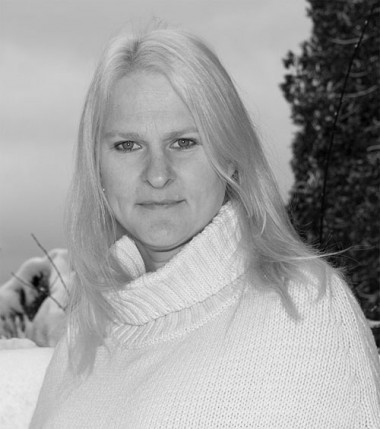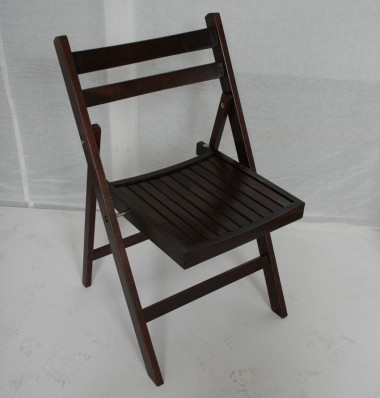Tag: designer
Q&A with Stefan Sagmeister
What was your initial reaction when you read the brief?
“Loved the overall idea of the objects bought from bankrupt companies and said yes immediately.”
Could you tell us something about how you came to your proposal?
“I immediately picked the wallet. Because I am so tall myself, I like small things.
We had produced communication projects like magazine pages and a giant building wrapping with the same sentence before (Money does not make me happy). To transform a proper product utilizing it was just a natural extension. And the multiple folds of the wallet allowed for various readings of the sentence.”
Q&A with Marije Vogelzang
“I covered the spoon with different layers of silicone in various textures. In this way it seems as if the spoons are covered with cake batter. I like the possibility of silicone to make a very textured surface and play with this idea. It gives the spoons a less slick appearance. Food itself is seldom slick.”
Q&A with Atelier Ted Noten
Q&A with Erna Einarsdóttir
What was your initial reaction when you read the brief?
“It is pretty clever to not let all these things go to waste and, coming from Iceland, I think we could have used a project like this over here. I am sure many things are getting thrown away from empty offices in Iceland.”
How did you come to your proposal?
“I was thinking about how worthless dish towels are–they are one of the few textile based items that we purposely don’t care about staining and making dirty. It’s the purpose of the towel to clean up after us in the kitchen and I never see a used towel that doesn’t have some kind of stains in it. So I thought it would be nice to make something that would make the towels more ‘worthy’, and that they would lose this ‘towel’ feeling and become something completely new.
I think most people have thrown a dish towel over their shoulders after cleaning the dishes so I felt it would be nice to keep that element. Now they can still throw the towels over their shoulders but this time they won’t feel like it´s just another worthless towel.”
Did you surprise yourself with your outcome?
“I am definitely surprised that I could take a dish towel and make something nice from it. I would never have chosen to work with it in any of my work.”
Q&A with Maison Martin Margiela
What was your initial reaction when you read the brief?
“Maison Martin Margiela felt completely in line with this project as our approach to design is about transformation to create a new context. Since its beginnings in 1989, Maison Martin Margiela has been gathering garments, accessories, used and sometimes new objects across the globe. That these garments and objects may be given a second life whilst respecting and maintaining the traces of the passage of time and use remains one of the keystones of the creative expression of the Maison.”
“Enjoy your drink, without a milk moustache!”… we’ll show you Maison Martin Margiela’s addition to 11 of these cups soon!
Q&A with Mieke Gerritzen
What was your initial reaction when you read the brief?
“Well, my first reaction was…..that it is a really great idea! To boost the designs of Blokker and the Makro, to really take serious all the industrial production of design in the world. At the same time I thought…. the person who got this idea of saving all the design junk and to bring it back to another level of design and reflection is a genius. No matter what the designers do with it. The idea of pimping up the mainstream is a great statement. It’s not about design these days, its about the message.”
Stay tuned to see how Mieke revived 50 of these safety vests.
Q&A with Marian Bantjes
What was your initial reaction when you read the brief?
“There is a kind of weirdo excitement we get in a thrift store. Basically you’re surrounded by junk that someone else didn’t want, but there’s a thrill of looking through that junk for the hidden gem … for that one thing that you see value in that was overlooked by others. This is urged by a slightly desperate desire to find it before anyone else does, and tempered by recognizing that it is all, after all, largely junk. So reading the brief and looking at the pictures was exactly like that.”
Has the brief brought something new to your body of work?
“Yes, the chairs particularly … this is very new for me because I only conceived and gave directions for the work. I know many people work like this but I’ve never done anything before that I haven’t actually put my hands on in some way. At the moment it feels very liberating, but we’ll see how they turn out!”
Stay tuned to see what Marian did with 80 of these folding chairs and 1 dining table.

